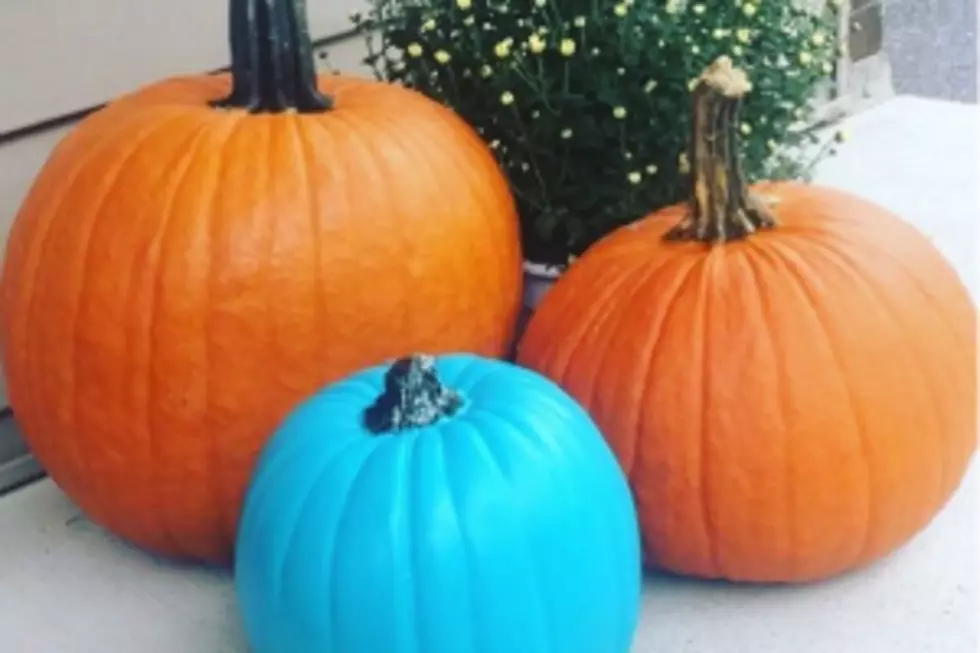
Teal pumpkins help protect NJ trick-or-treaters with food allergies
Among the many earthy, orange pumpkins you and your kids may see lining New Jersey residents' front porches or adorning their doorsteps this Halloween, you might also spot an occasional gourd that's been painted a bright bluish-green.
More than likely, that indicates a household is participating in the Teal Pumpkin Project, which since 2013 has amplified the obstacles families with children who have food allergies face every year around trick-or-treating time.
Tiffany Leon, a registered dietitian and senior manager of training and professional programs for Food Allergy Research & Education, or FARE, said that there are nine foods or food groups that account for 90% of all food allergies in the United States.
And while you probably won't find traces of fish or shellfish in any Halloween candy, there could well be peanuts, tree nuts, milk, eggs, soy, wheat, or sesame.

"There are 32 million Americans that have a food allergy, and 1 in 13 children are living with food allergies, and there are many others that are impacted," Leon said.
The Teal Pumpkin Project doesn't ask households to eliminate candy altogether from their Halloween offerings, but just to keep anything edible separated from favors that are available for all to take.
The idea is to promote safety and inclusivity, Leon said, and to make Oct. 31 more about collecting tokens from each home rather than just diving in and eating all of them.
"A teal pumpkin outside your home signifies that you have non-edible treats like playing cards, or simple crayons, that sort of thing," she said. "For those kids that are looking forward to this holiday but that have food allergies, this is just another way for them to be able to participate with their peers."
One thing candy buyers may not be aware of, but should be, according to Leon, is the supermarket or drugstore "variety pack" that contains different types of candy within a single, larger bag.
Even if each candy is individually wrapped, that could cause problems.
"The smaller, 'fun-size' candy bars may have different allergens or be made in different facilities than the full-size candy bars," Leon said.
Leon invites anyone who plans on participating in the Teal Pumpkin Project this year to add their address to an interactive map at tealpumpkinproject.org.
These are the 25 Best Places To Live in New Jersey
More From 92.7 WOBM




![We Are Talking “Witches Through History” with Author Devin Forst [AUDIO]](http://townsquare.media/site/394/files/2023/10/attachment-witch-1.jpg?w=980&q=75)





